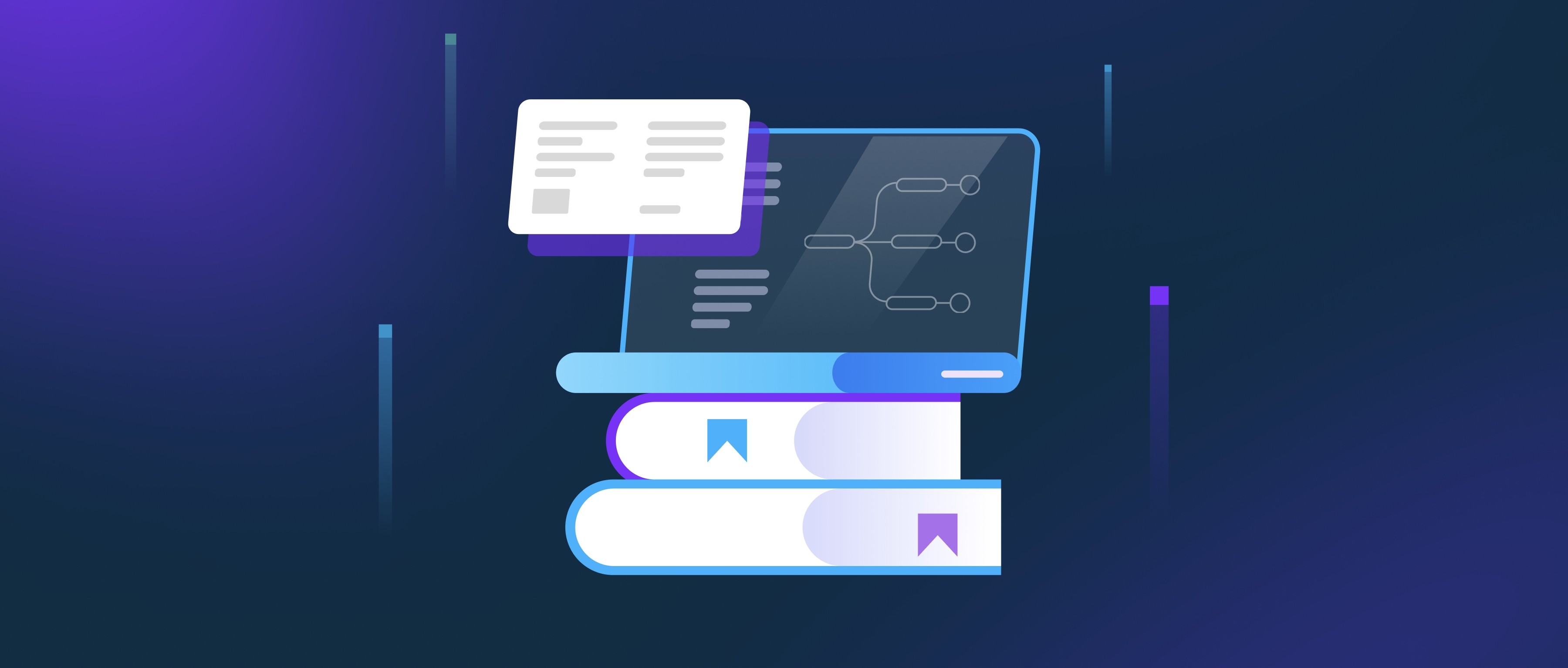Deep learning improves text-to-speech (TTS) quality by enabling systems to model complex speech patterns and produce more natural-sounding audio. Traditional TTS methods, like concatenative or parametric synthesis, relied on stitching pre-recorded clips or using rule-based systems to generate speech, which often resulted in robotic or inconsistent output. Deep learning replaces these rigid approaches with neural networks trained on large datasets, allowing the system to learn nuances of human speech—such as intonation, rhythm, and emphasis—directly from data. For example, models like Tacotron 2 use sequence-to-sequence architectures with attention mechanisms to map text inputs to spectrograms, capturing contextual relationships between words and their corresponding sounds. This reduces unnatural pauses or mispronunciations common in older systems.
A key advantage of deep learning is its ability to handle ambiguity and context in language. For instance, homographs like "read" (present tense) vs. "read" (past tense) require the system to infer meaning from surrounding words. Transformer-based models, such as those used in modern TTS systems, leverage self-attention to analyze entire sentences holistically, improving prosody and stress patterns. Additionally, architectures like WaveNet and WaveGlow generate raw audio waveforms using dilated convolutions or normalizing flows, producing high-fidelity speech with realistic breath sounds and smooth transitions. These models eliminate the "buzzing" artifacts often found in older parametric systems by directly modeling waveform details.
Deep learning also simplifies TTS pipelines through end-to-end training. Earlier systems required separate components for text normalization, acoustic modeling, and waveform synthesis, each introducing potential errors. End-to-end models like VITS (Variational Inference with adversarial learning) combine these stages into a single neural network, improving coherence and reducing latency. Furthermore, techniques like transfer learning enable fine-tuning pretrained models on small voice datasets, allowing personalized or multilingual TTS without extensive retraining. For example, a base model trained on thousands of hours of diverse speech can adapt to a new speaker’s voice with just a few minutes of audio, maintaining naturalness while reducing data requirements. These advancements make modern TTS systems more scalable, adaptable, and human-like compared to traditional methods.
